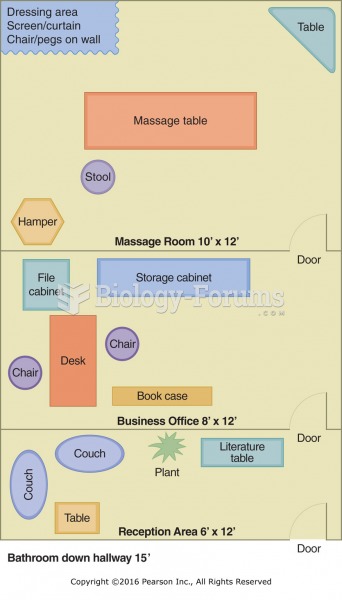Answer to Question 1
The basic premise of the melting pot view is that a country of diverse cultural backgrounds works best when distinct cultural traditions gradually blend together into a homogeneous culture. For recent immigrants, this generally means adopting mainstream behaviors and values. In contrast, the mosaic view is that culturally different individuals all have something unique and valuable to offer and that some diversity is beneficial to the greater good.
Research indicates that when children who have recently immigrated quickly give up their cultural traditions, they are at greater risk for using alcohol and drugs, engaging in unprotected sex, and getting involved in criminal activity. Furthermore, they often conflict with their parents (who are apt to retain many of their culture's values) and be especially susceptible to temptation. In contrast, youngsters who have one foot in the culture in which they've been raised and one foot in mainstream Western culture have two cultural traditions on which they can draw. And a strong ethnic identity provides a buffer against the discriminatory actions of others.
Answer to Question 2
Possible strategies include these (the response should describe at least four of them):
Hold parent-teacher conferences.
Send notes or newsletters home.
Call parents on the telephone.
Communicate by e-mail if working in a relatively affluent community.
Conduct parent discussion groups.
Make an effort to get parents' trust and confidence.
Demonstrate that parents' input is valued and helpful.
Encourage parents to be assertive when they have questions or concerns.
Find someone who can interpret for non-English-speaking parents.
Hold special functions at school (e.g., author teas, fundraisers).
Conduct conferences and other discussions at times and locations convenient for families.
Get parents involved in school activities (e.g., fundraisers).
Invite parents to share their special talents with your class.
Make home visits if such visits are welcome.
Keep other important family members (e.g., grandparents) in the loop, especially if these individuals appear to play a major role in students' care and upbringing.
Give parents suggestions about learning activities they can easily do with their children at home.







